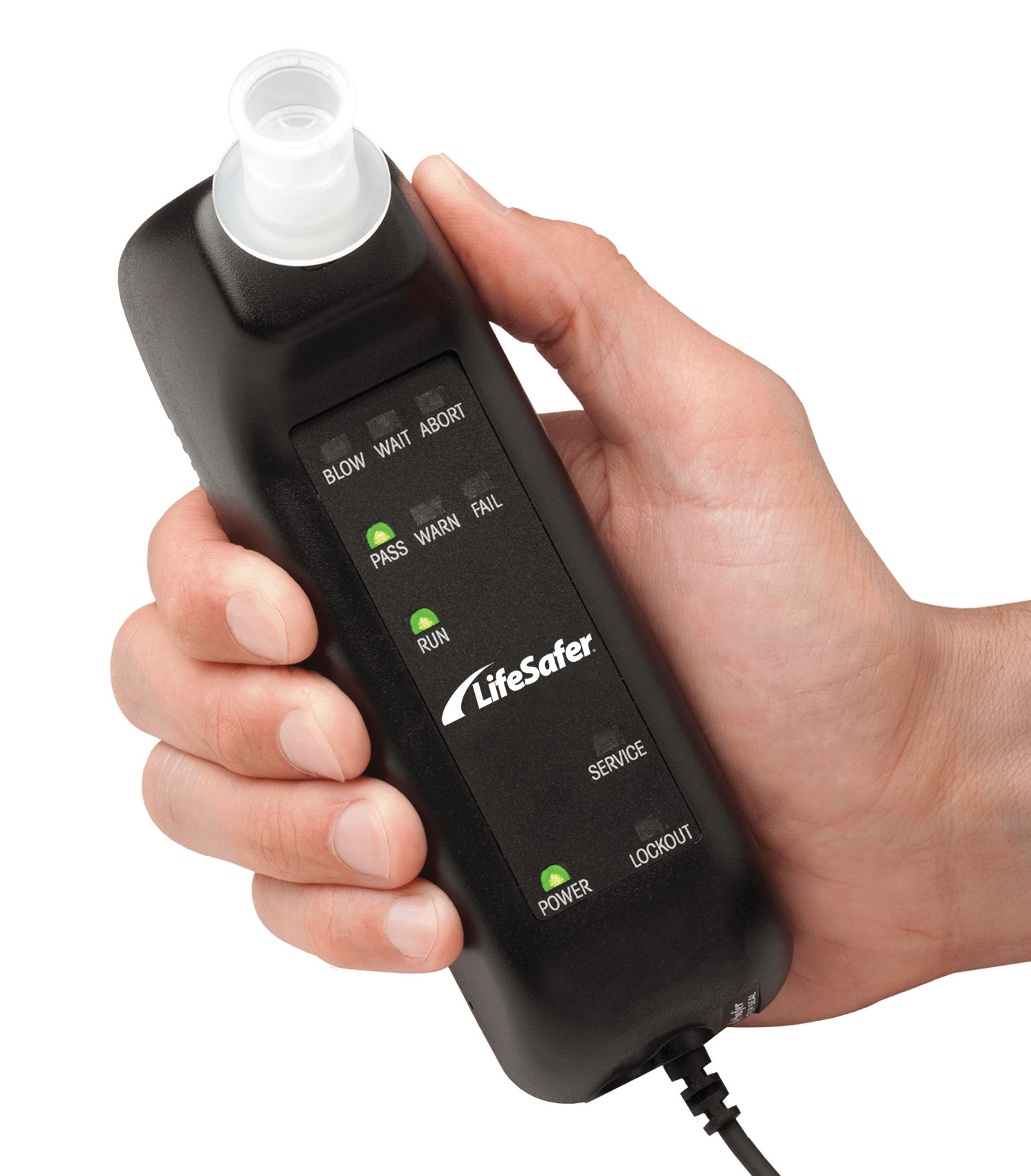 We all have a responsibility to remain sober when driving. More often than not, this isn’t a big deal – but, mistakes happen. With an ignition interlock, you are overcoming your DUI and you’re just waiting to get through the aftermath so you can get back to your normal life. You know your ignition interlock is a huge part of that recovery.
We all have a responsibility to remain sober when driving. More often than not, this isn’t a big deal – but, mistakes happen. With an ignition interlock, you are overcoming your DUI and you’re just waiting to get through the aftermath so you can get back to your normal life. You know your ignition interlock is a huge part of that recovery.
Then you’re face to face with a false positive interlock fail. You couldn’t be more embarrassed or confused – you’re not intoxicated, so why does your device seem to think you are?
There are a few reasons for a false positive interlock fail, most of which aren’t actually “false” but indicate there’s alcohol in your breath sample. For instance:
- Moments before testing, you used alcohol-based mouthwash or perhaps you have a liquid medication that contains alcohol. The alcohol in those liquids hasn’t had a chance to dissipate from your mouth yet and that’s where the positive reading came from. Give yourself a few minutes, rinse out your mouth, and try again when your ignition interlock prompts you to do so.
- You really had too much to drink, but it was the night before. As a rule, it takes about an hour per serving to metabolize alcohol, but that can vary due to other physiological factors. If you just woke up and jumped into the driver’s seat after a night of drinking, you could still be close to the low blood alcohol concentration (BAC) limit of your device, with an actual test failure, not a false positive interlock fail.
- Rarely, the food or beverage you consume can have enough sugar or yeast to produce a false positive reading from and interlock. If you suspect this is the case, rinse out your mouth and try again when propted.
More often than not, a false positive interlock fail is the result of thinking you are more sober than you really are. While embarrassing or frustrating, if you have a failed test, relax and try again when you can, and consider the failure just another DUI lesson learned.

 Ignition Interlock and Alcohol Car Starter Devices
Ignition Interlock and Alcohol Car Starter Devices
Leave a Reply
You must be logged in to post a comment.